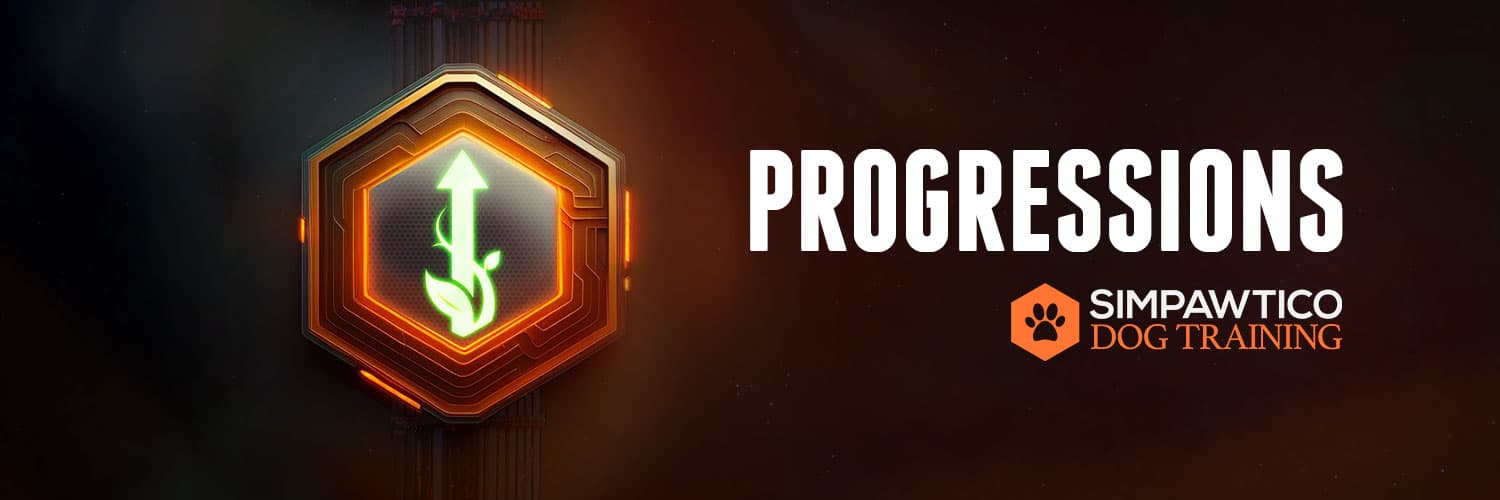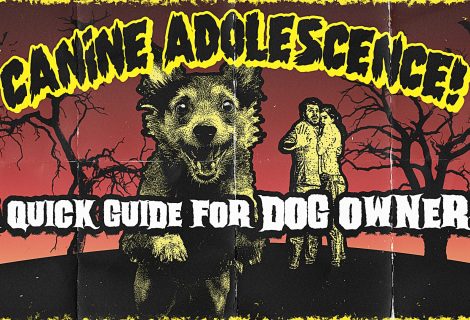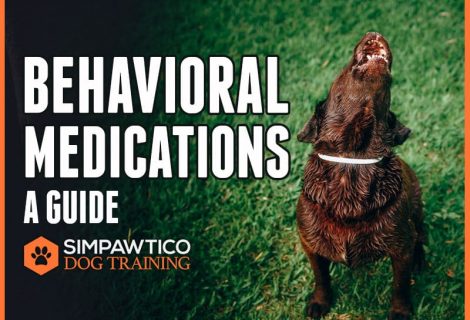This is a little more advanced stuff here. The layman and typical pet owner will find this mostly indecipherable. This particular page is meant as a guide for experienced owners and other trainers interested in the progressions used in our system at Simpawtico. Simpawtico’s training system is based on building a modular, pattern-based system. Then, the vast majority of the training and behavior modification we do deploys specific iterations of the patterns. Thus, all of the work we do uses a consistent “operating system.” Key to terms:
- E/Mx = environmental management; it’s vitally important to control the “antecedent arrangement” in your dog’s world. Poor management can make or break your training efforts.
- OC = operant conditioning; covers all four quadrants (R+, R-, P+, P-), and strategies beyond luring such as capturing and shaping
- D/R+ = differential reinforcement, a specific set of extensions of positive reinforcement.
- LRT = lure-reward training; a type of operant conditioning, more specifically luring (inducing)
- AONRT = all-or-none reward training; essentially capturing during a setup, all other behaviors ignored
- CC = classical conditioning
- D/CC = desensitization and classical counterconditioning
- Proofing and finishing = removing training aids, differential reinforcement, and focus on D3 (Duration, Distance, Distraction)
Also please understand that OC and CC are inseparable. You cannot operantly condition without also classically conditioning at the same time. We have video articles complimenting the maps and give you strategies to execute them: Designing Progressions, and Speed & Patience. Finally, please familiarize yourself with Simpawtico’s Master keys, which encapsulate several of the patterns we deploy into the progressions here.





